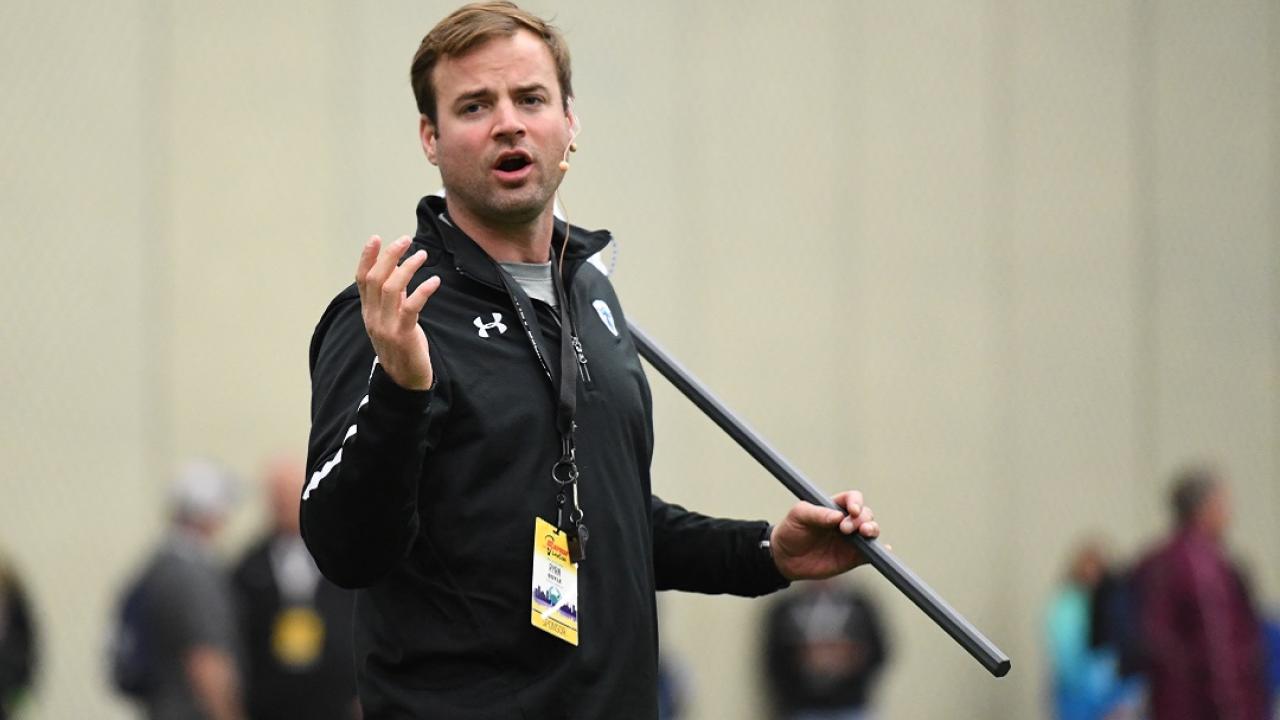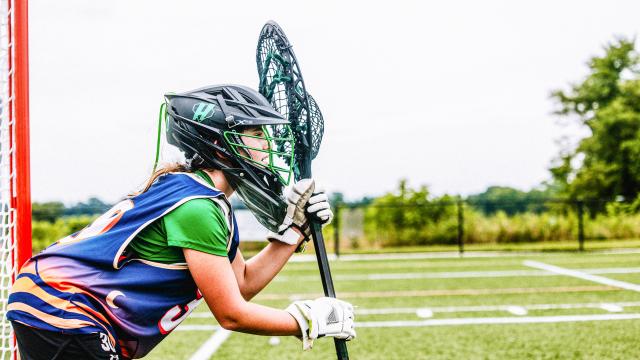

© 2025 USA Lacrosse. All Rights Reserved.

Before the advent and proliferation of travel, club and academy teams, local rec council programs provided the opportunity to learn and play competitive sports to their communities. As such, I participated in my town’s football, basketball and lacrosse leagues. In early stages of development, the lacrosse program consisted of skill training and an in-house league.
Skill training sessions revolved around teaching the players the fundamentals of the sport: catching, throwing, scooping, shooting, dodging and defense. The program structured the practices to ensure players learned the vital skills before moving onto smaller group concepts and various common situations such as fast breaks. Players also were divided into color-coordinated teams — Red, Yellow, Blue and Green — of equal talent to hone their skills and IQ development within a competitive environment.
I’ll never forget one frustrating game where my countless efforts as a midfielder went for naught. Every time I ran the ball for a successful clear, I scanned the field for a teammate. And every time, Bill Brasky (fictitious name to protect the innocent) would be open adjacent to me, which triggered the decision to pass him the ball. And every time, he dropped it.
By the end of the game I started to waver on this decision-making process.“Why should I throw Bill the ball if he can’t catch it?”
This thought lingered beyond the game, so much so that it warranted a conversation with my mom afterward. That’s when she uttered that simple yet powerful credo that stuck with me for the rest of my career.
“If a teammate is open, pass him the ball.”
It comes as no surprise, then, that I became a feeder. Whenever a teammate was open, I passed him the ball.
Broadening the scope to program development, coaches should focus more on developing fundamentals and let the results take care of themselves.
See how Ryan helps top prep schools prepare for their seasons in The Blueprint: Episode 9.



